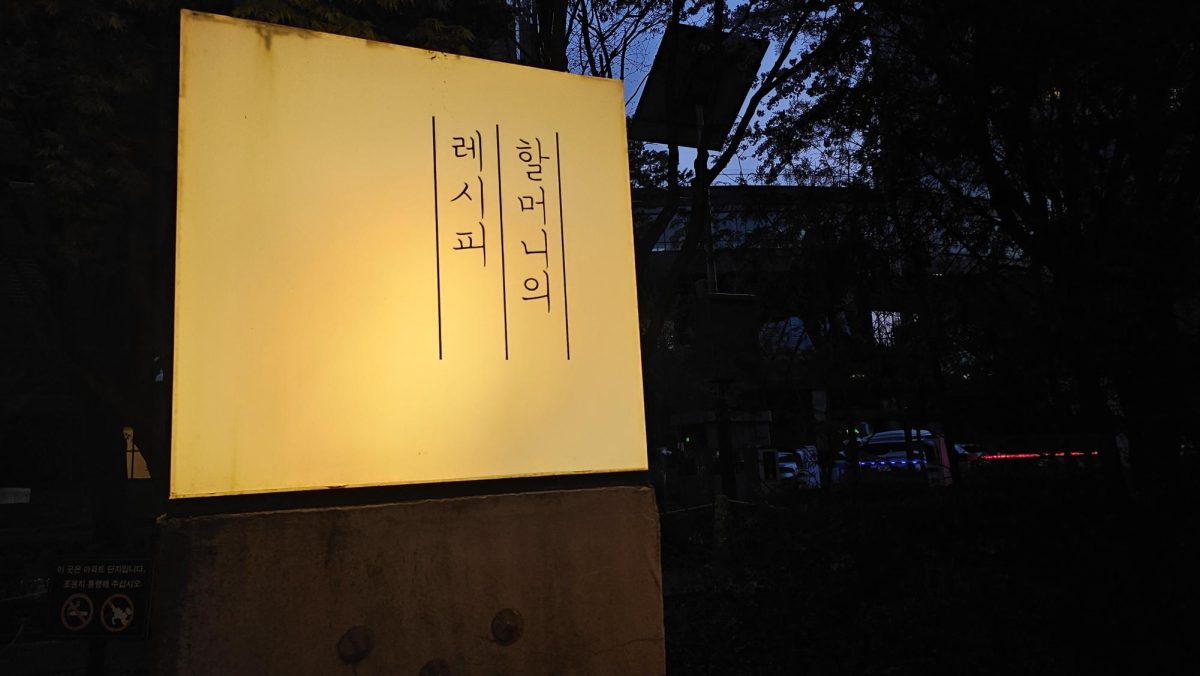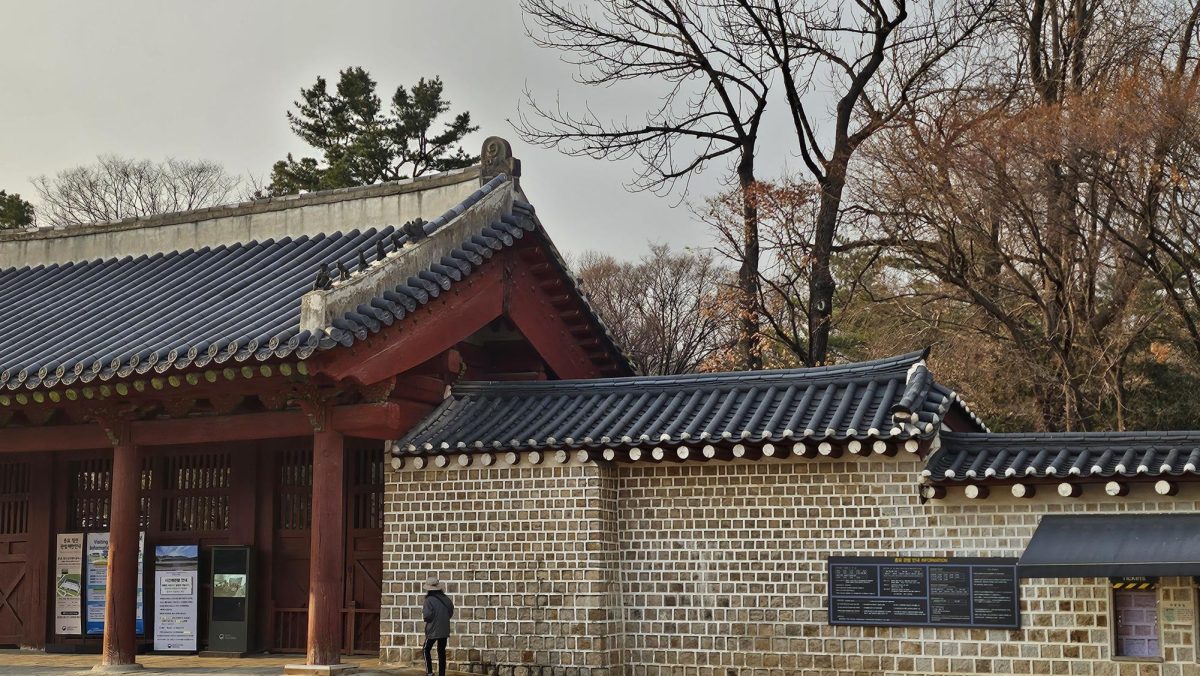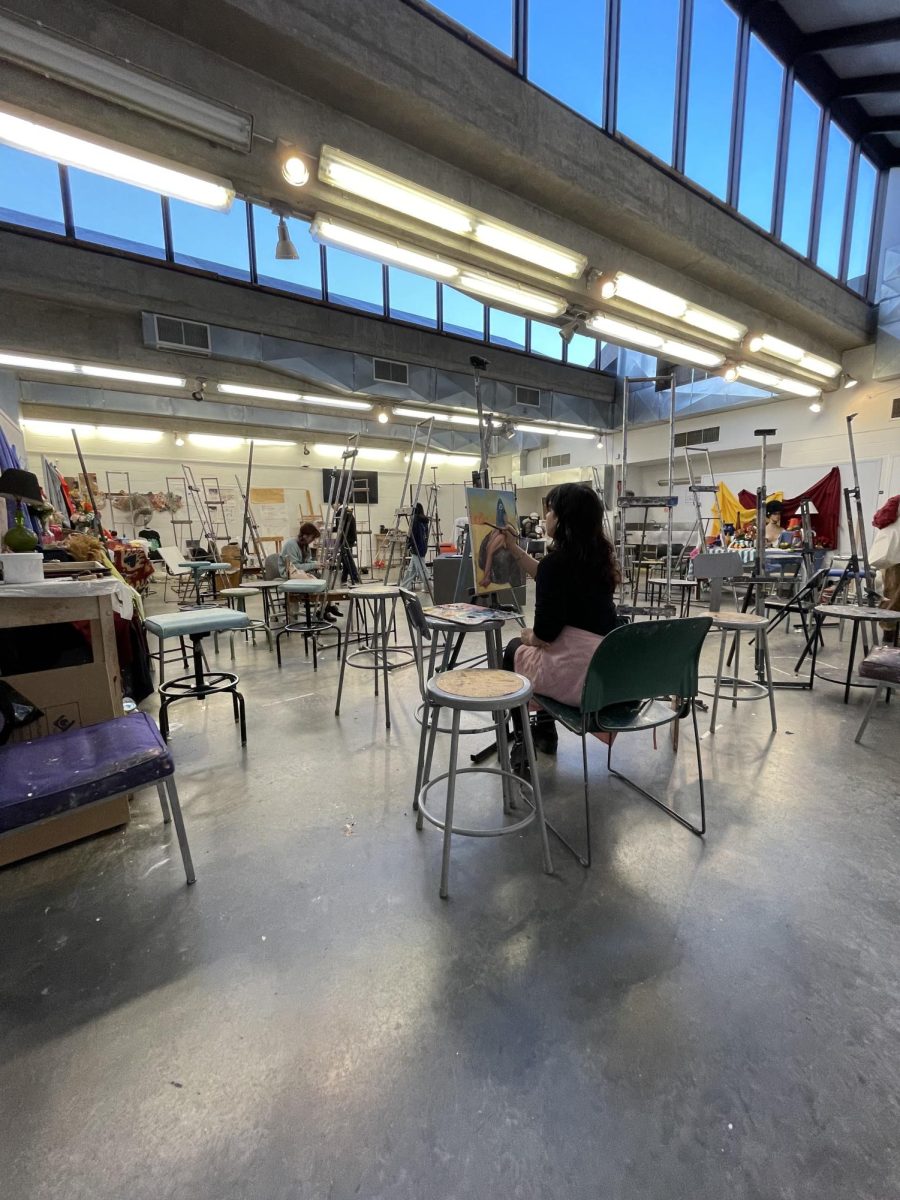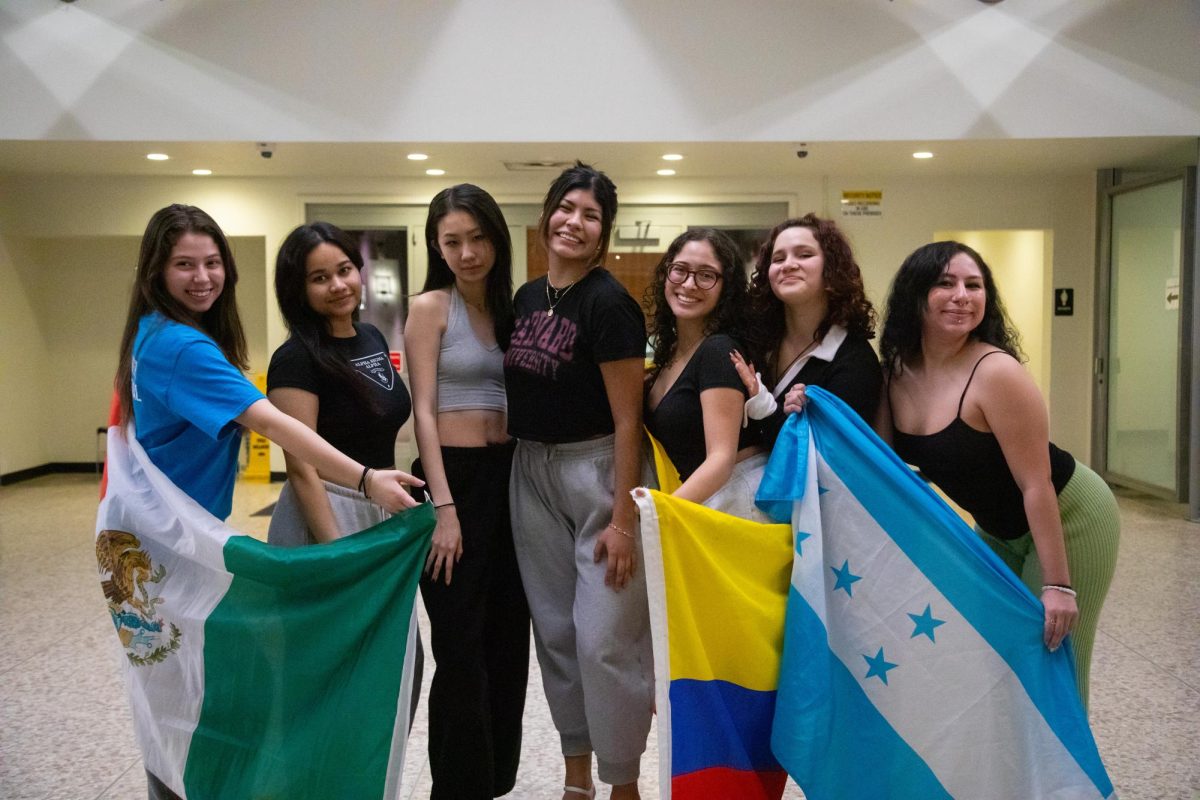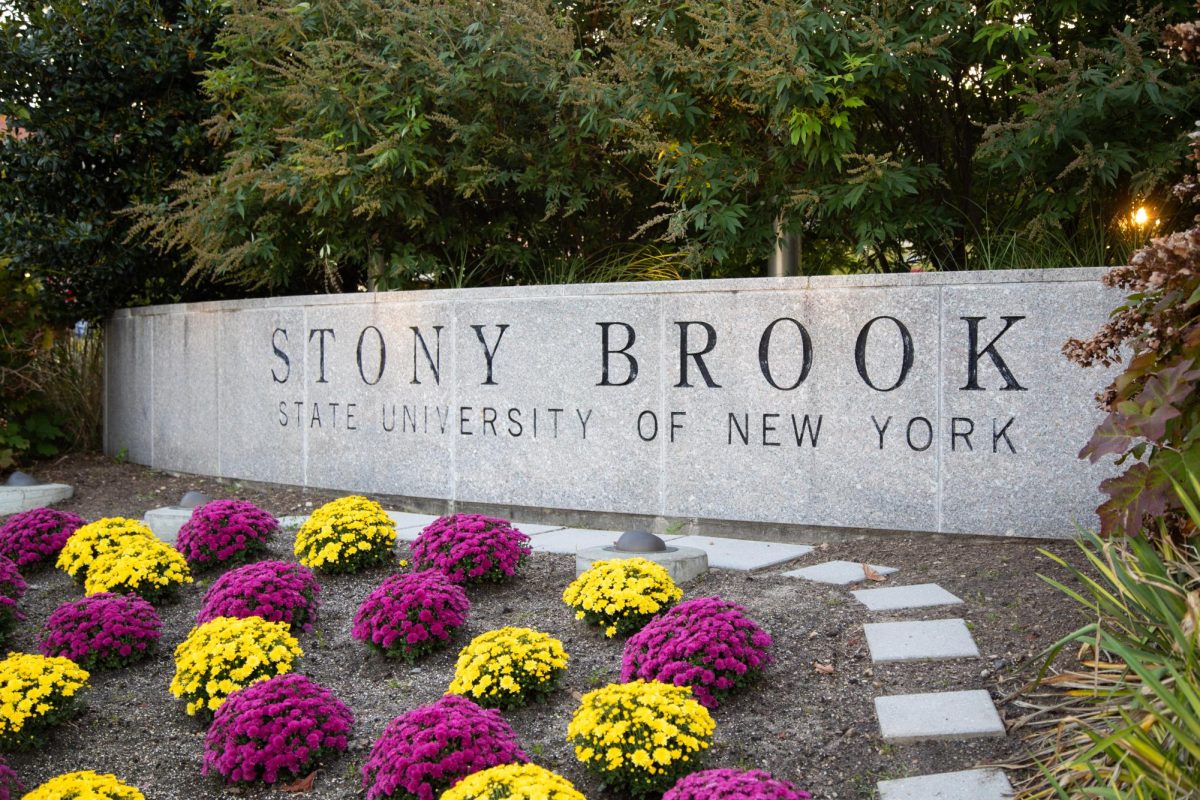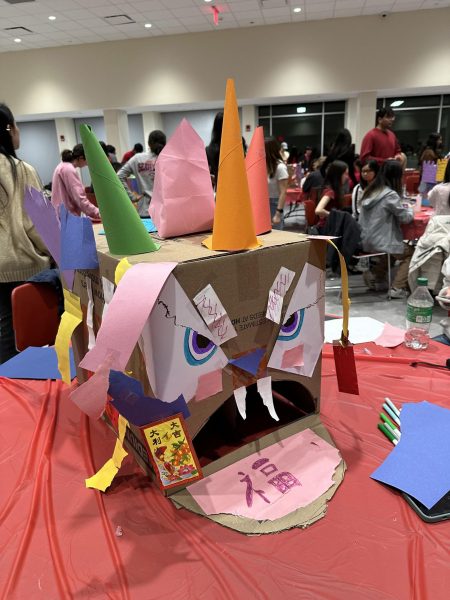
The Asian Students Alliance (ASA) hosted a Lunar Festival for students at Stony Brook University to ring in the Lunar New Year. The event was held in the Stony Brook Union Ballroom on Feb. 7 from 7 to 9 p.m.
Lunar New Year, also known as Chinese New Year or the Spring Festival, is a 15-day festival that takes place annually between Jan. 21 and Feb. 20 on Western calendars. Many Asian countries celebrate Lunar New Year with special foods and traditions that symbolize prosperity and abundance. The festival marks the beginning of a new lunar cycle and is considered the most important holiday in China and many other Asian communities.
The Chinese calendar follows a 12-year cycle of the Chinese zodiac in the following order: Rat, Ox, Tiger, Rabbit, Dragon, Snake, Horse, Goat, Monkey, Rooster, Dog and Pig. This year is the Year of the Dragon, which symbolizes good luck and strength.
The significance of the Dragon dates back to ancient China when people believed that dragons were gods who controlled the elements of nature. Since then, emperors have used the Dragon as a symbol of imperial power.
Before the event began, eager attendees were given red envelopes, known as hongbao in Mandarin or laisee in Cantonese, with a small twist. Instead of money, the envelopes contained a piece of strawberry flavored lucky candy and a food voucher.
In Chinese culture, the color red represents vitality and prosperity. Traditionally, red envelopes containing money are exchanged among family members and friends as a gesture of good fortune and red lanterns are lit up and hung in celebration.
Inside the ballroom, ASA decorated the tables with red tablecloths and jars of fairy lights as centerpieces. An ornate photo booth with a red drape, gold balloons and a “Happy New Year” banner was placed in the back of the room alongside an illuminated wishing tree.
The event kicked off with a series of games inspired by the Lunar New Year. For the first game, each table competed to decode a series of words or phrases, such as “zodiac sign” and “firecracker.”
Another game was akin to scavenger hunting: red envelopes were scattered around the room, each hiding bizarre and daring challenges. Students at tables collected envelopes and performed the tasks inside, like drinking soy sauce, creating a four-line rap about Lunar New Year and performing a TikTok dance unrelated to the holiday. The difficulty of the challenges determined how much “money” they received, and the table with the most “money” received food first.
For the last game, each table had 20 minutes to construct a lion head using a cardboard box and construction paper. After presenting their heads to the two judges, the top three teams had the opportunity to perform a lion dance. The winning table received ASA-branded merchandise.
Toward the end of the festival, the club served spring rolls, dumplings, drunken noodles, shrimp chips and oranges. Students bonded over the meal, took photos together at the photo booth and wrote and hung their wishes for the new year on an illuminated wishing tree.
Jing Huang, a junior majoring in business at Stony Brook University, shared that the event served as a connection to her Chinese roots.
“I just transferred here,” Huang said. “I lived in China for 18 years. I came to this event because I wanted to celebrate Chinese New Year. Back home, I celebrate with firecrackers and a big family dinner and I get red envelopes from older people.”
With the inclusion of cultural games, food and activities, ASA’s Lunar Festival was not only a Lunar New Year celebration but a commemoration of diversity, inclusivity and tradition.











